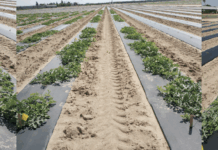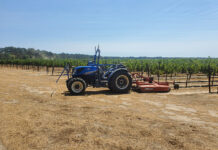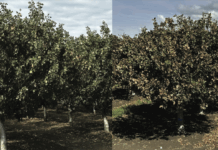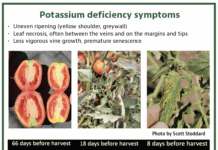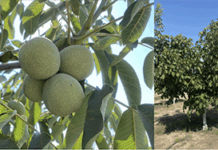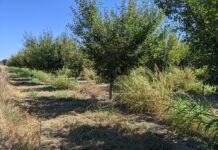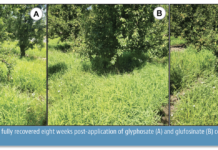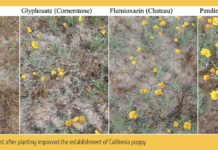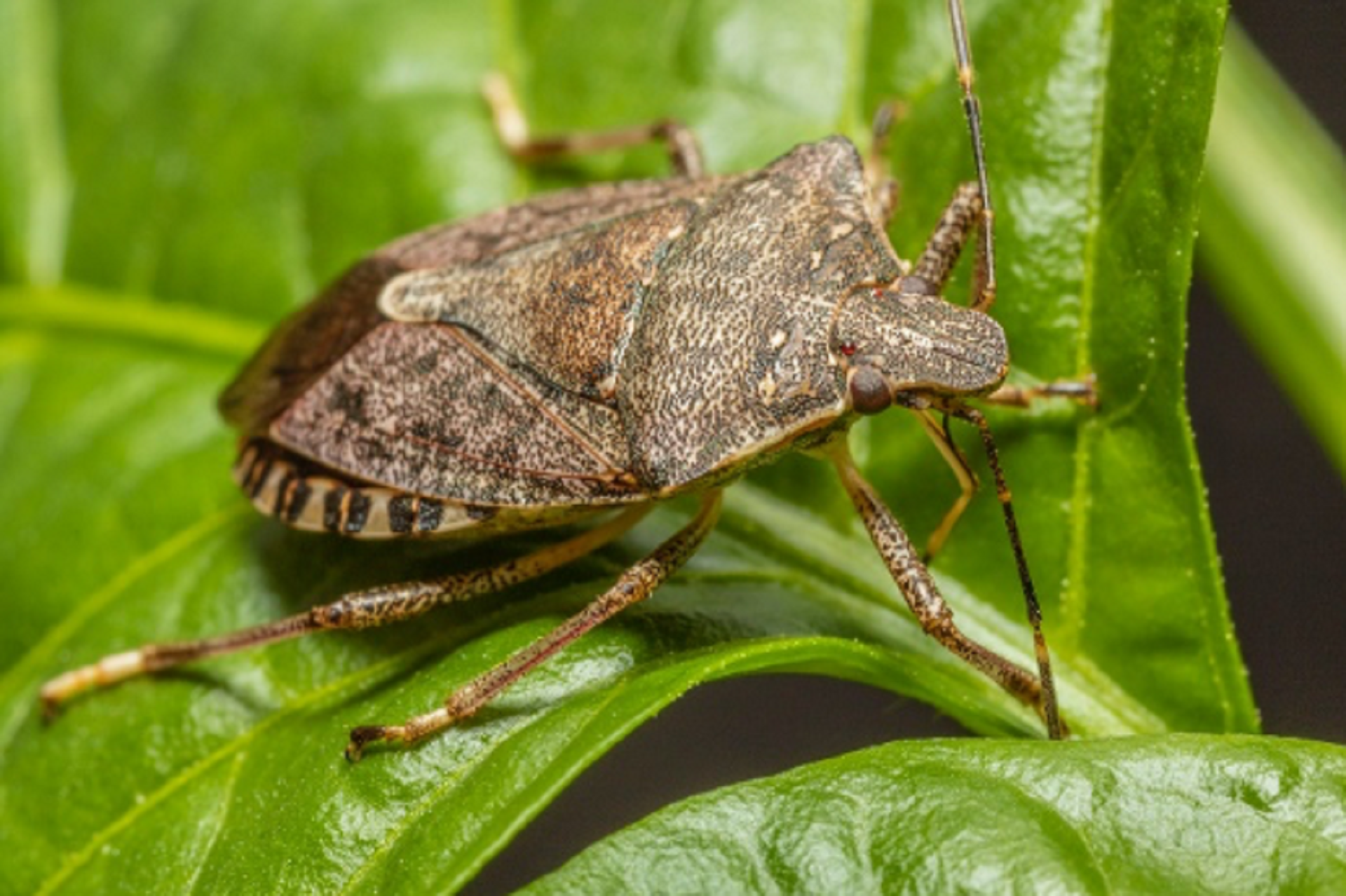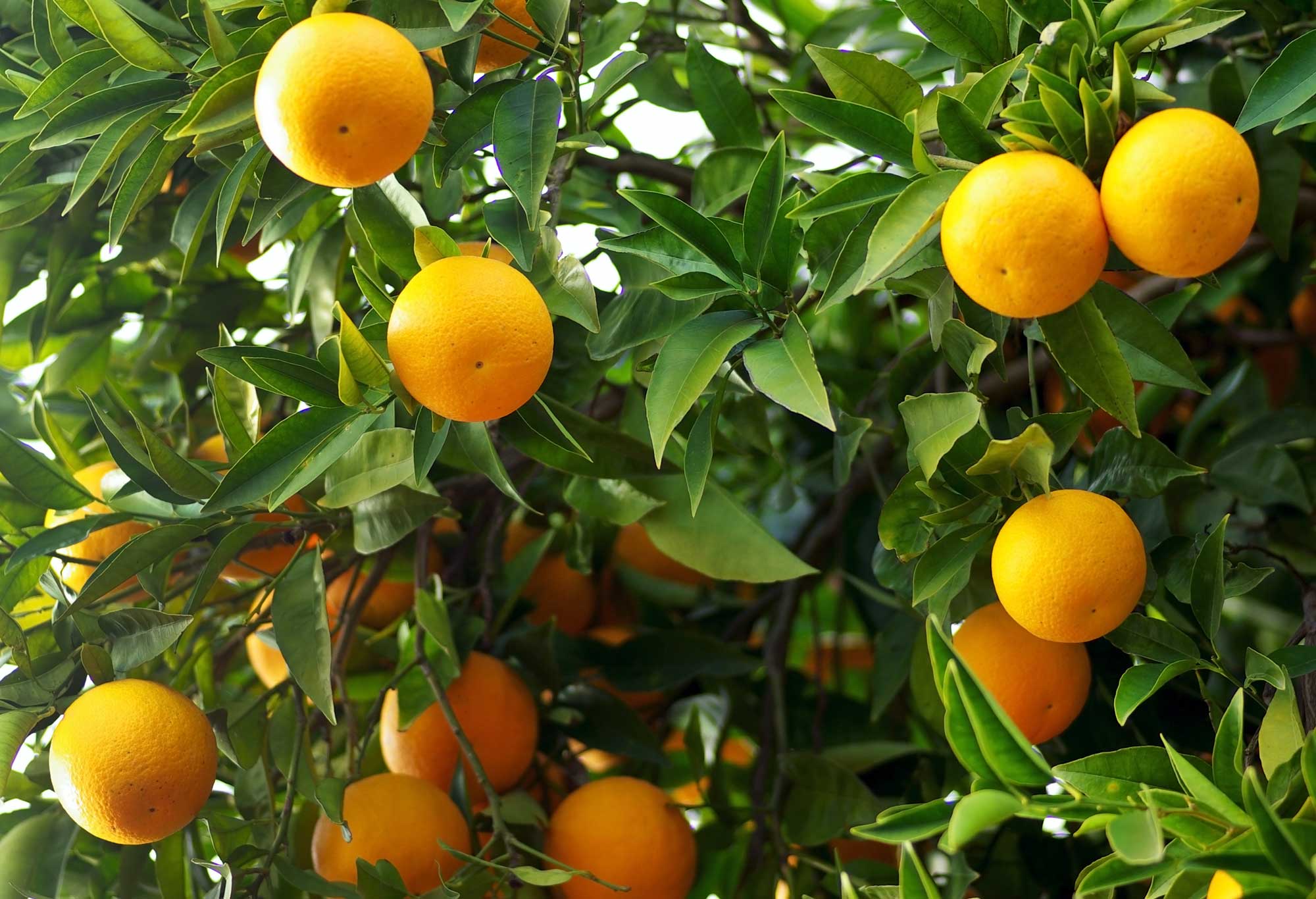
California rice growers are well acquainted with reduced herbicide efficacy, whether experienced on their own or witnessed on a neighbor’s acres. Weed populations tolerant or resistant to herbicides have been spreading throughout the California rice region since at least the early 1990s. The most competitive and destructive weeds in California rice production are undoubtedly the Echinochloa complex species, notably barnyardgrass (E. crus-galli), early watergrass (E. oryzoides) and late watergrass (E. oryzicola). Populations of each of these species found to be insensitive to available herbicides for grass management are found throughout the Sacramento Valley, where the majority of California rice is grown.
Fortunately, newer herbicide active ingredients are starting to hit the market, but due to cost and supply constraints, these new weed management tools will take some time to become widely adopted. In the meantime, it is important for all stakeholders to have up-to-date information about the current state of herbicide resistance in one of the most economically important crops in the state.
Greenhouse Herbicide Screenings
UCCE researchers conducted a pair of greenhouse screenings of 63 samples of suspected resistant Echinochloa species over fall and winter 2021 at the Rice Experiment Station in Biggs, Calif. Seed samples of local weed populations suspected to be resistant to at least one herbicide mode of action (MOA) had been collected from grower fields in fall 2020 following UC ANR recommendations. Samples included barnyardgrass, late watergrass and coast cockspur (E. walteri) (Table 1). Coast cockspur is a newer weed species to California rice growers, although it is common in rice in the mid-South and is lately being found throughout the Sacramento Valley. Seedlings of each sampled population were subjected to a battery of common foliar (63 populations) and granular (62 populations) herbicide formulations (Table 2) in growing conditions simulating an early summer rice field.

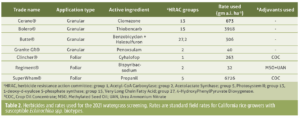
Granular Herbicides
Species response to granular herbicides varied between fall and winter applications. Almost every barnyardgrass, late watergrass and coast cockspur sample (Table 3) was insensitive to Bolero® (thiobencarb), Butte® (benzobicyclon + halosulfuron), Cerano® (clomazone) and Granite GR® (penoxsulam) when applied in fall. However, overall survival rates decreased in the winter application. Notably, seedlings of all species had greater than 70% survival from the fall Cerano (clomazone) application, yet no more than 20% survival in winter. Barnyardgrass survival rates in particular appeared to be affected the greatest by the different application times, especially from Cerano and Bolero. Cooler greenhouse conditions and slower plant growth during the winter trial may have allowed the herbicides’ active ingredients more time to enter and translocate through the plants. For instance, Butte efficacy is dependent on maintaining a constant and deep flood during the water-holding period (see product label for particulars). In addition, slower plant metabolism in the cooler winter would likely have reduced the rate of herbicide breakdown in the plants. This is an important consideration when dealing with suspected herbicide resistance since increased metabolic breakdown is one of the main mechanisms of herbicide tolerance in both weeds and crops.

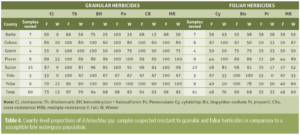
Foliar Herbicides
Species response to foliar herbicides was also variable between the fall and winter trials (Table 3). Barnyardgrass, late watergrass and coast cockspur samples were more tolerant to Clincher CA (cyhalofop) applied under the cooler winter greenhouse conditions, yet more sensitive to Regiment CA (bispyribac-sodium) during the same period.
Survival rates of all species to both SuperWham® (propanil) applications were low to moderate except for late watergrass, which had an 80% survival rate in fall but only 30% in winter. Differences in greenhouse air and water temperatures between fall and winter were probably at play for the foliar herbicides. Regiment and SuperWham are both contact herbicides (although with different MOAs) and hotter temperatures can reduce contact herbicide uptake in the field through mechanisms such as rapid drying of the herbicidal solution, water-based in both cases or increased plant cuticle thickness. In addition, plant metabolic processes that can deactivate herbicides would be expected to act faster in warmer conditions. Nevertheless, SuperWham was relatively effective at killing most of the sample weed populations during both trials which ought to be reassuring to growers who still rely on SuperWham as their cleanup herbicide. On the other hand, Clincher CA is a solvent-based formulation that enters the plant and translocates rapidly, and higher temperatures may aid its activity as plants try to grow with rapidly disrupted cellular membranes. However, too-high application temperatures can result in Clincher CA volatilization. As always, consult the product label for application guidelines.
Multiple and Cross-Resistance
Troublingly, most samples showed insensitivity to at least one herbicide MOA regardless of species or application time. Up to 80% of barnyardgrass and coast cockspur samples survived applications of all four granular herbicides and up to 80% of late watergrass samples were insensitive to all three foliar formulations. Given the relative differences in product efficacy between fall and winter applications, the fact that there’s potential for that many products failing in the field should be sobering. In addition, the observed multiple-MOA survival to granular herbicides was uniform across sampling counties (Table 5) indicating that the spread of those resistance mechanisms has already happened. The observed incidence of multiple resistance to foliar formulations was far more variable across sampling counties although Regiment CA was the least effective overall. The prevalence of ALS inhibitor resistance in weeds of California rice has long been established, so the high rates of observed insensitivity to both Granite GR and Regiment should not be surprising.

Implications for Advisors and Growers
The theme of any report on herbicide resistance testing should begin and end with stewardship. This goes beyond simply rotating herbicides within a MOA or rotating MOAs; this should include the pesticide-use version of the 4Rs: the Right Product at the Right Rate with the Right Method at the Right Time. Herbicide efficacy is dependent on so much more than whether a weed has some biologic mechanism to block or detoxify the poison, and it is important to be aware of the interplay between formulation, mixing and application method, soil characteristics, temperature and humidity in affecting a given product’s ability to control weeds.
As a PCA, it is important to be proactive whenever possible in mitigating factors under your control that may inhibit herbicide effectiveness. Luckily, a lot of this information is already on the product labels; however, UCCE researchers are constantly adding to the available knowledge. Knowing that Cerano and Butte may be more effective in cooler temperatures, for example, may influence when to act during an application window. The results shown here indicate a high level of watergrass species resistance to most of the available grass herbicides in California rice. Although new herbicide MOAs are starting to hit the market, it is still important to avoid repeating the same errors of yesteryear. Growers rely on PCAs for timely and sage recommendations and therefore we must be the front line of stewardship for herbicides and other pesticides. Through research like the aforementioned study, we’ve learned to avoid overreliance on new products to the point that resistance also develops. Working together we can help ensure the continued efficacy of new and existing pesticides into the future.
Any questions about this study can be directed to Whitney Brim-DeForest, UCCE rice and wild rice advisor in Sutter-Yuba, Placer and Sacramento counties, at wbrimdeforest@ucanr.edu.
References
Vulchi R, Guan T, Clark T and Brim-DeForest W (2024) Echinochloa spp response to preemergence and postemergence herbicides in California rice (Oryza sativa L.). Front. Agron. 6:1349008. doi: 10.3389/fagro.2024.1349008


